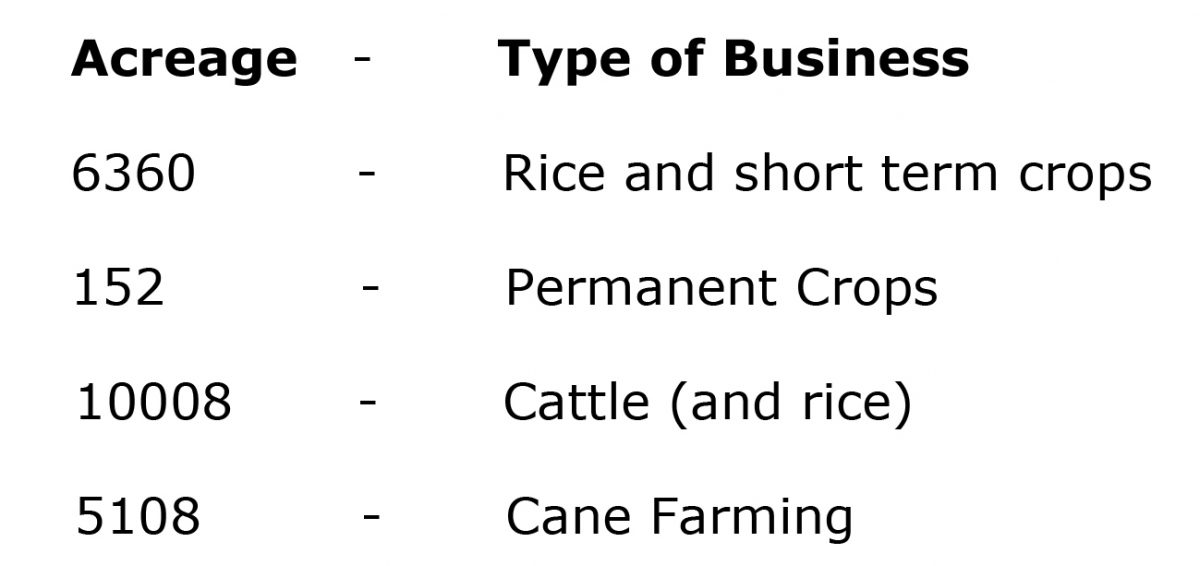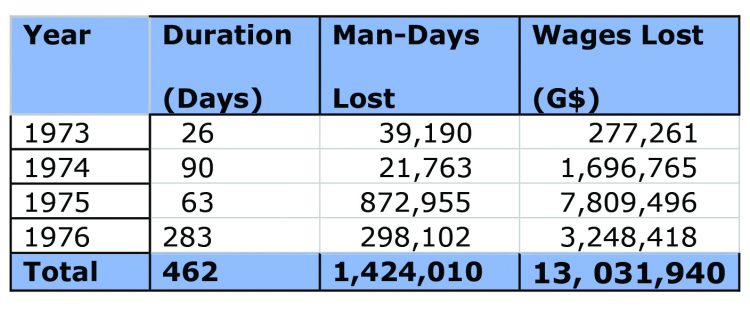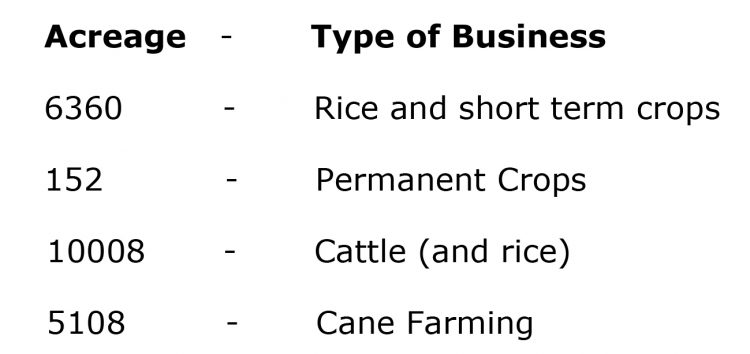Dear Editor,
There is so much promise offered for resuscitating Guyana’s failing sugar industry. In fact it is mostly talk -in isolation of the reality that it has contracted substantively over the last two decades amongst the once heralded West Indies sugar producers.
The Caribbean Sugar Associa-tion now consists only of Jamaica, Barbados (primarily for rum) Guyana and Belize.
Briefly the historical record of contraction of the sugar industry in Guyana is as follows:
At the early 19th century there were close to 400 sugar planta-tions. Through amalgamation there followed progressive reduction; to 238 by 1829; 138 by 1890; 80 by 1900; 39 by 1922; 18 by 1967; 11 by 1976 – the year of nationalisation; and then to 10 in 1978.
Factory operations were also reduced, being proportionately centralised from 62 factories in 1897 to 21 by 1928 and 10 1978.
By the end of 2010 the disposition of grinding estates was as follows: in Berbice-Skeldon, Albion/Port Mourant (the latter half of the name memorialises Port Mourant estate which factory was closed in 1955); Rose Hall and Blairmont Estates.
In Demerara were: Enmore, La Bonne Intention (LBI)/Ogle (factory closed in 2011); Diamond Estate (factory closed since 1987)
Wales Estate-closed in 2016 on the second attempt (politically), Leonora Estate was closed back in 1986; while Uitvlugt Estate remains operational.
At the end of 2017 Skeldon, Rose Hall and East Demerara Estate (Enmore & LBI/O) were closed simultaneously.
The broad picture is of closures by both private and government owners. In the milieu small cane farming generated mostly during the period of private ownership, has also been affected.
Next, there has been the issue of the low price of sugar on the international market being compounded by the removal of previous guarantees by the U.K., then the E.U.
In addition to reduced production, there is the matter of unacceptably low productivity-in the first instance resulting from the increasing migration of the skills and competencies-of managerial through to operatives levels.
There is no question that the cost of production of sugar in Guyana has been prohibitive and has substantively denied profitability.
The fact is that no other sugar industry in the world has had components as the following included in its production costs:
– Free medical benefits to all employees, spouses, unemployed children up to age 18years;/and all pensioners (some 4000 at last count).
– A contributory Hospital and Maternity Scheme which subsidises local and overseas medical treatment; along with joint contributions to the National Insurance Scheme.
– A full complement of qualified medical and para-medical staff operating across estates’ Primary Health Care Centres.
– Community development and social welfare programmes, implemented by a corps of Industrial Welfare Officers.
– Heavily invested education and training programmes-reflected in annual scholarships to the University of Guyana and the Guyana School of Agriculture; as well as in the Corporation’s sixty-two-year-old Apprentice Training Centre
– Children of employees also benefit from Annual Bursary Awards; while their parents can take advantage of a long established Assistance to Study Scheme.
– There is of course specialised overseas training.
Unfortunately, the peremptory closure of estates in 2017 has seriously reduced the industry’s attractiveness as an employer of choice. In contrast to this writer’s generation, possible invitees for current positions must ponder seriously whether they should invest in careers in an industry patently devoid of the technological resources so desperately needed, particularly in the factories.
There are other operational constraints of course, but more critically attention has to be paid to the euphemism that continues to be described as ‘Industrial Relations’
Not totally irrelevant was the pride recently displayed by the operative Union-GAWU- in the execution of the 135 days strike during 1977-78. It was only one of several similar episodes experienced in previous years, and which deserve being recorded in the Guinness Book of Records for any industry world-wide.
See the following sample table.
The above numbers, rather than showing the strength of the Union, more reflects the state of constipation in the relationships between the latter and the industry’s leadership. Embedded in the psychological make-up of both of the parties is this DNA of hostility for which Management must first take responsibility.
The latter’s leadership, too long cramped in the repetition of past experiences, has never seriously attempted to devise an initiative for more positive interaction with the Union-aimed at the construction of a truly productive partnership. Right now, and indeed for the longest while, everyone loses, particularly the workers who are (mis) led.
Tragically, the official decision-makers have been too myopic regarding the need for creating a totally new strategy-beyond mere revival of the industry.
Meanwhile the current administration has been eloquently silent about the effectiveness of their Special Purpose Unit, the performance of which begs to be urgently audited. Reports are that it has irredeemably undermined management ethic, employee morale and, further, the quality of leadership which anxiously begs to be upgraded.
There is therefore a case to be made for requiring the Special Purpose Unit to publicly declare to what extent it has achieved its purpose, in order to inform the professed objective of reviving the sugar industry in Guyana?? (When will the promised investors arrive?)
In this connection there has also been much talk of ‘Diversification’, indeed as if it were an original concept. Already in 1970 Bookers Sugar Estates had distributed, and were involved in, the following:
But then few would remember the Guyana Agricultural Products Corporation (GAPC) which was absorbed into GuySuCo as its Other Crops Division. Headed by a Chief Executive Officer, operations included the following:
– Wauna Oil Palm Project-in the North West District
– San Jan Oil Palm Project-on the West Bank of the Demerara
River
– Charity Cassava Mill-on the Essequibo Coast
– Kaituma Cassava Mill-North West District
– Enmore Cassava Experimental Project-East Coast Demerara
– Blairmont Fish Farm-West Berbice
– Manaribisi State Farm-Corentyne
Also there was some cheese produced by a factory established at Versailles, West Bank Demerara and sold in a few supermarkets.
More latterly there was much consideration given to establishing a technologically imaginative aquaculture project at Wales Estate
Then in the confusion following the multiple estate closures there was the internationally funded multi-agency project conducted by the NIRAS Group from overseas.
In addition to all the above, there may also be a case for revisiting some relevant recommendations of the Report of the Commission of the Inquiry into the Sugar Industry (which appeared not to have been read by its sponsors).
But also two imperatives need to be addressed as a matter urgency are:
1) The submission by the SPU of a comprehensive report on its activities since its appointment; and the justification for its own survival;
2) A review of the leadership capabilities in the Corporation, and the worth of its contribution to the revival so prayerfully espoused.
Yours faithfully,
E.B. John



